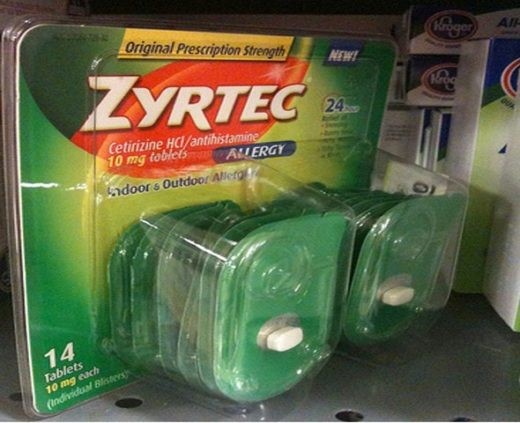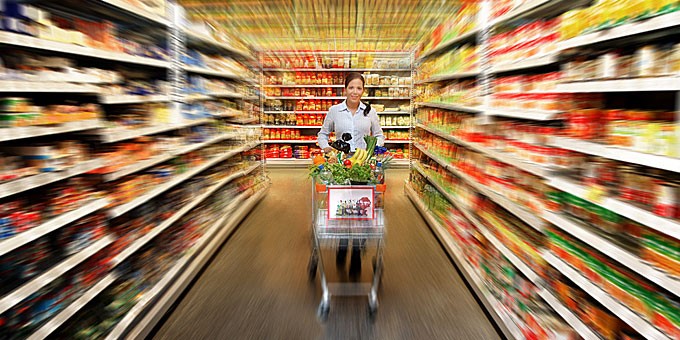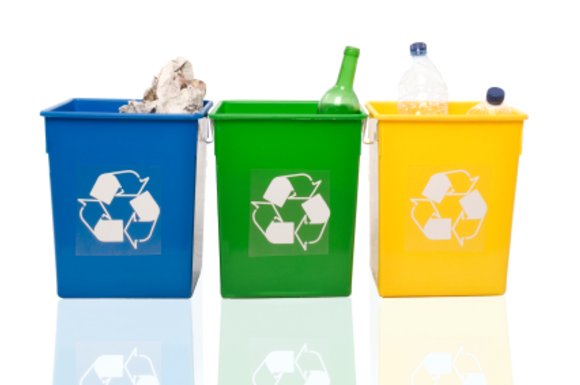12 steps to Proper Packaging – Packaging Specifications by DK Consultants
Concernin g to companies, proper packaging is a key element of their differentiation and innovation, therefore it can be a competitive advantage for the product itself. From safe transport to product promotion, proper packaging can be an added value for branding of a product.
g to companies, proper packaging is a key element of their differentiation and innovation, therefore it can be a competitive advantage for the product itself. From safe transport to product promotion, proper packaging can be an added value for branding of a product.
Packaging Specifications is a twelve-step process that indicates the know-how level of DK Consultants’ firm. These are the steps that should be followed:
- Analysis of target market’s habits
- Study and analysis of products packaging
- Logistics analysis
- Positioning and distribution networks analysis
- Analysis of the production capacities
- Analysis of the legal and other packaging characteristics per target market
- Industrial design of primary and secondary packaging
- Analytical technical specifications for retail / wholesale packaging
- Manufacturing of original packaging (prototype)
- Mechanical control of the packaging
- Design
- Product test on the target market
Instead of following the specific order of the process in order to create the appropriate packaging, many companies unfortunately tend to skip the first ten key steps, focusing only on the design of the packaging (step No 11). This may lead to beautiful end products but fails to meet the requirements of the distribution channels, legislation and of course consumers, no matter how innovative or trendy they are.
Analysis of the first key steps
1. Analysis of target market’s habits
The important role of packaging lies in the fact that it is necessary to adapt to into the relevant economic, social, cultural and environmental conditions that rule the target market. For this reason, prior to the study, it is necessary to conduct appropriate research on all the above mentioned conditions as well as on competitors’ packaging.
Great attention should be additionally paid to the information about the habits and the tastes of the target market, a company aims to launch its products. In this way, packaging can successfully fulfil customers’ preferences and needs. Packaging should also be visually appealing, given that the first look always counts.
Finally, even when the product is already placed on the market, it is advisable to continue gathering consumers’ information about it so that packaging can be constantly improved – if necessary – depending on the circumstances and / or the consumers’ changing needs and preferences.
2. Study and analysis of the packaging
If a product does not reach customers in an excellent condition, the know-how and manufacturing quality that may already characterize it, can be meaningless. Therefore a thorough study about the product’s appropriate packaging, with the right environmental design and development, made by the right materials and technologies as well, is of high significance.
Packaging should definitely meet the specific technical specifications, it’s functional and structural characteristics, as well (technical features and durability properties for safe transport and storage etc.)
In particular, the packaging study and analysis should be based on the following key factors:
- Production process
- Functionality
- Packaging materials
- Transport and distribution channels
- Legal framework of target market
- The product itself
- Target Market Consumers Preferences
- Environmental issues (friendly, recyclable etc.)
- Security
 3. Logistics analysis
3. Logistics analysis
Logistics, include activities related to the supply, production, distribution, storage, transportation and customer service. Packaging and quality are two basic elements concerning the supply chain and they determine the end product that reaches the consumer. So, a product’s packaging design should meet the right specifications based on the analysis of the logistics process, in order to ensure its suitability, from its production to the consumer. In addition, packaging should be practical and appealing to the final consumer.
The proper packaging of a product can be beneficial to a company, otherwise, it is most likely to dissatisfy the consumer and affect negatively its sales.
Last but not least, companies that export their products may find difficulties in the transportation, maintenance and storage of their products. In this case, the role of modern packaging is even more important for final product’s success.

